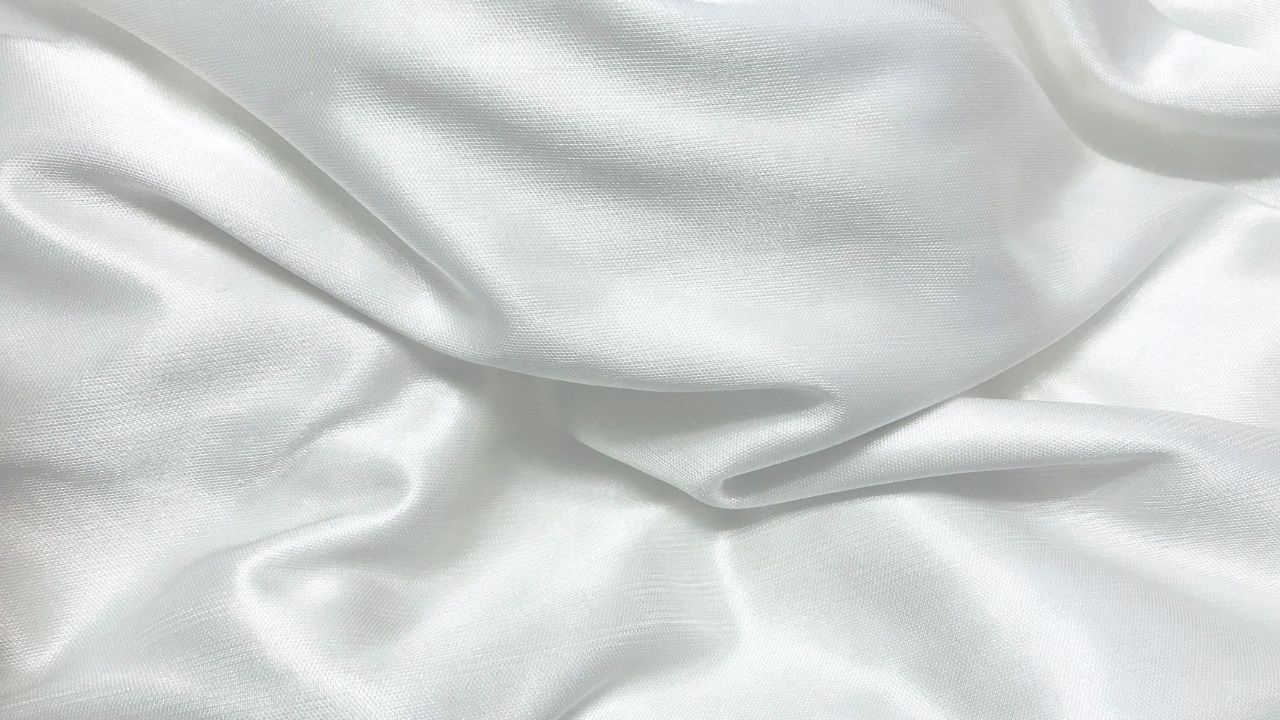Let’s talk about Lyocell, or what you may know as Tencel. This is a natural fibre made from regenerated wood pulp. The first thing we should clear up is there is no technical difference between Lyocell and Tencel, they are the same fabric makeup. Tencel is simply a trademarked brand name for lyocell, owned by Austrian company, The Lenzing Group. Where they do differ is around the ethics of production.
Conventional lyocell has been linked to the destruction of endangered or protected forests, whereas Tencel is guaranteed to be made from certified sustainably sourced wood. It is therefore particularly important when purchasing lyocell, to ensure that it has been made from certified FSC or PEFC certified forests. Some 150 million trees are cut down to create fabric every year, if there were placed end to end, these trees would circle our earth’s equator 7 times over – so certifications for cellulose based fibres are absolutely essential.
Lyocell is part of the man-made cellulose family, which are fibres that have been developed from plant cellulose after processing it into a pulp and then extruding it, similar to synthetic fibres. The most commonly known of the ‘manufactured’ cellulose fibres is viscose, however this group also contains lyocell, modal and cupro and acetate.
The process for making Lyocell is that wood pulp is dissolved by mixing it with a solvent to produce a wet mixture which is then pushed through small holes to form threads. These threads are then chemically treated, dried and then spun into yarn before being woven into the fabric we know as Lyocell. The wood pulp used is typically from eucalyptus, beech, birch or spruce trees, which are fast growing and easily regenerated. However, as we touched on above, certifications are absolutely essential.
Lenzing’s Tencel supply chain has made it a popular choice for fashion brands over the last decade. Firstly, Lenzing’s Tencel is made from certified sustainably sourced wood, such as PEFC or FSC certified forests and secondly, it is produced using a closed-loop system, meaning that almost no solvent is dumped into the ecosystem.
In terms of its production, lyocell requires less energy and water than conventional cotton and requires a lot less dye than cotton. It is also naturally white so doesn’t require bleaching prior to colouring like many other natural fibres. As a natural fibre, lyocell is certified as compostable and biodegradable and can fully revert back to nature, as long as it hasn’t been mixed with synthetic fibres (lyocell is very easy to blend with other fibres both natural and synthetic).
From a wearability perspective, Lyocell is incredibly soft and doesn’t irritate the skin. It also has great moisture-wicking properties (estimated up to 50% more so than cotton) so is a great natural fibre choice for clothing such as activewear. It is also an incredibly strong fibre both wet and dry, and is more resistant to pilling than cotton. As we mentioned above, lyocell is great for blending with other fabrics and is often found mixed with fabrics such as cotton or polyesters, and due to its strength, when mixed with other fabrics it increases the fabrics strength and durability.
This incredibly versatile fabric can be found being used for everything from clothing to sheets, to medical dressings and even fabric parts of commercial conveyor belts!
Forests into fashion, Canopy Planet

